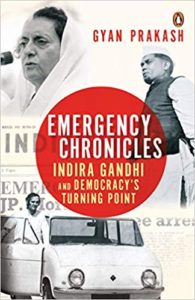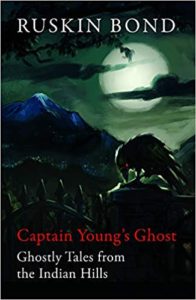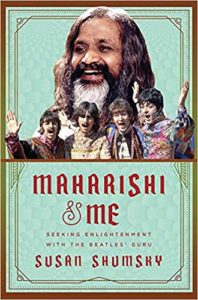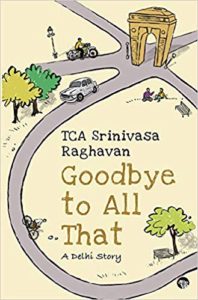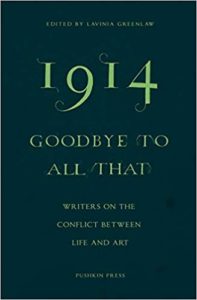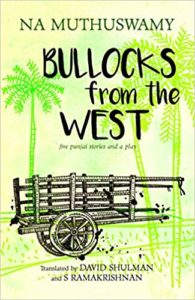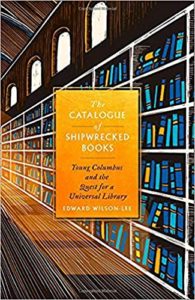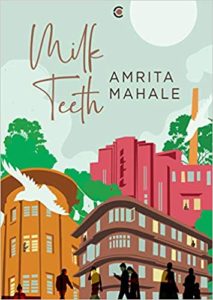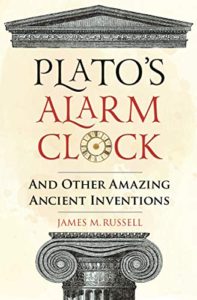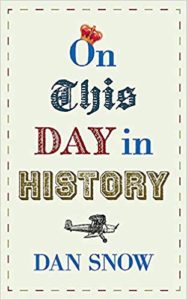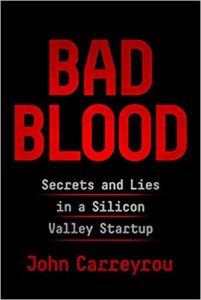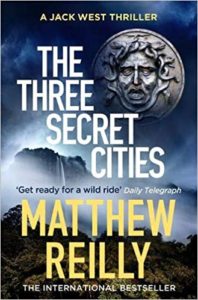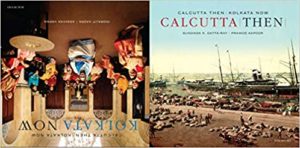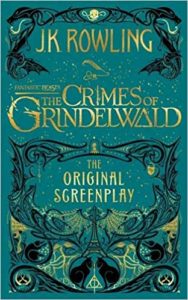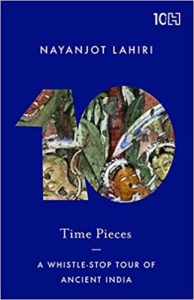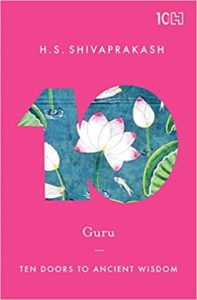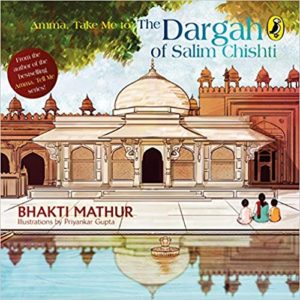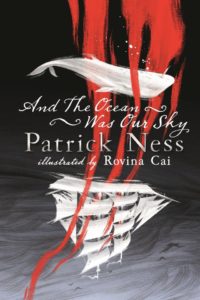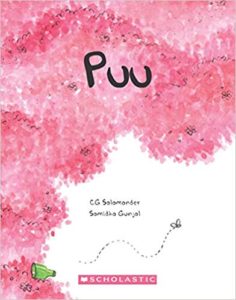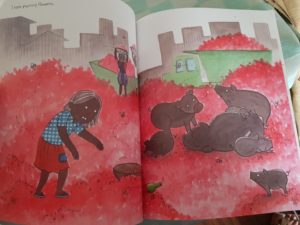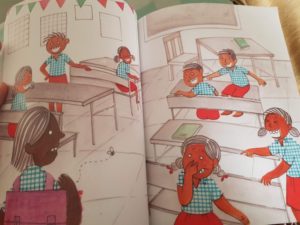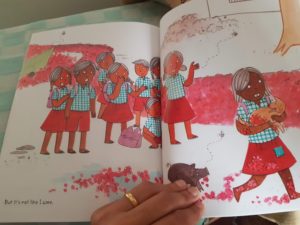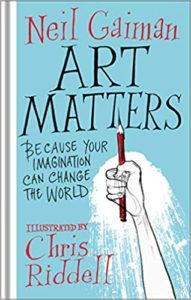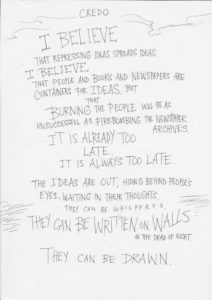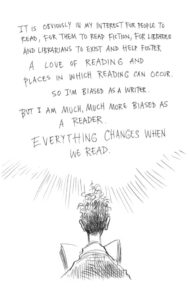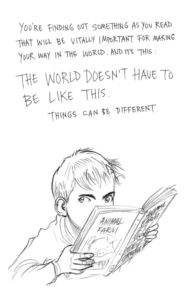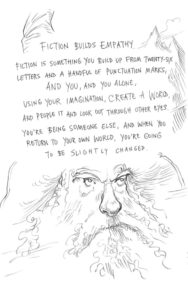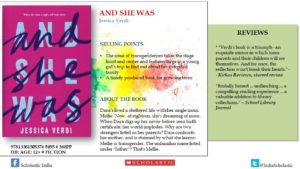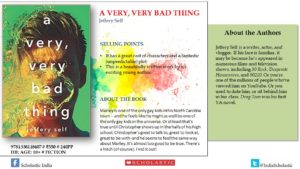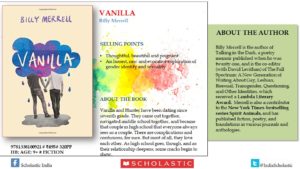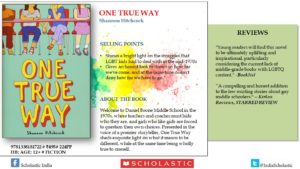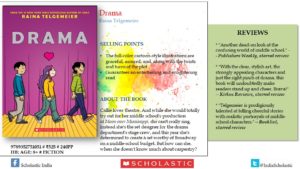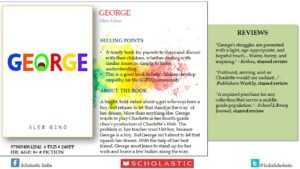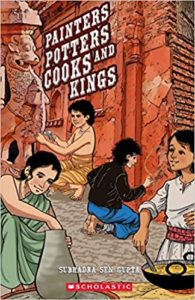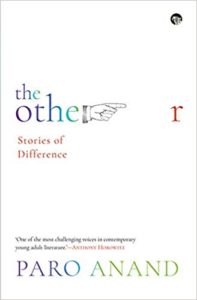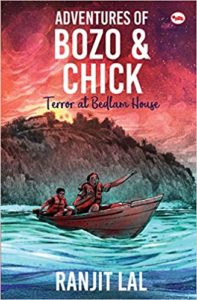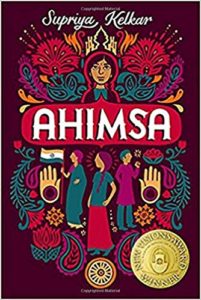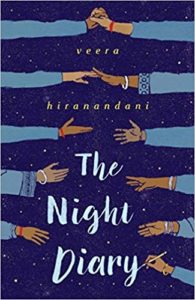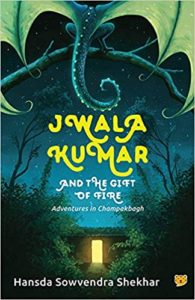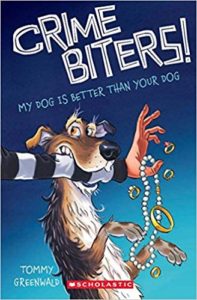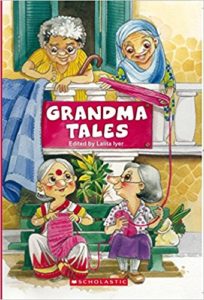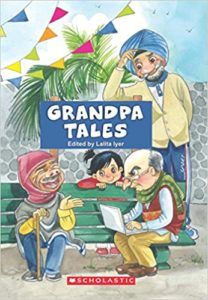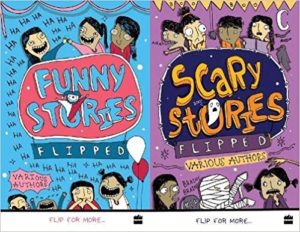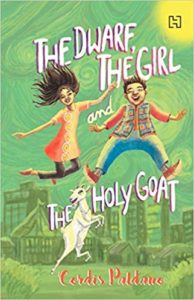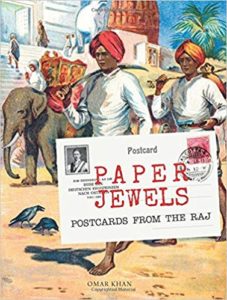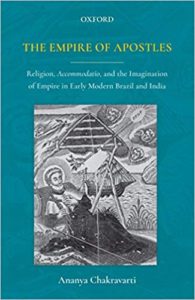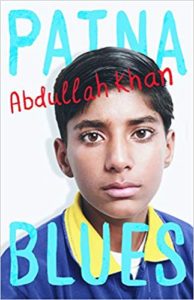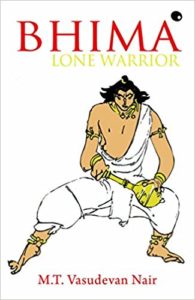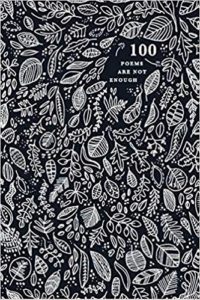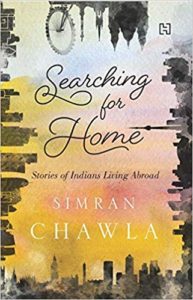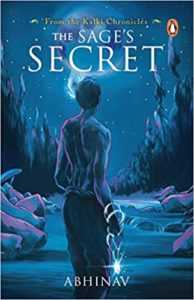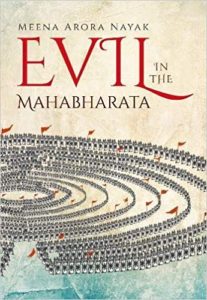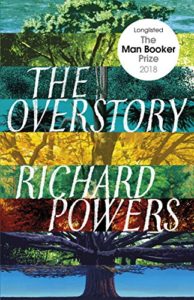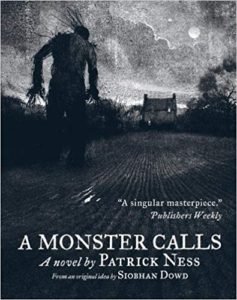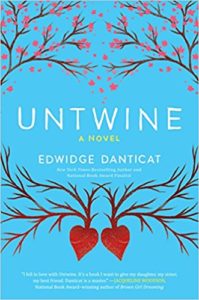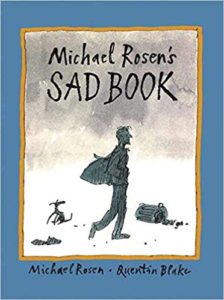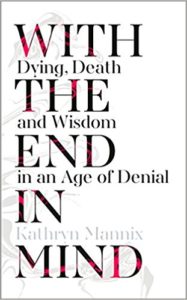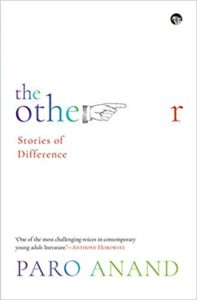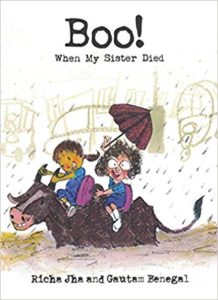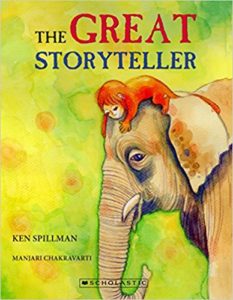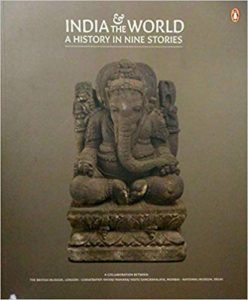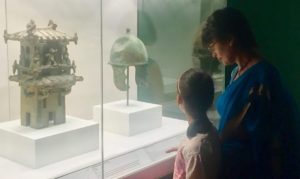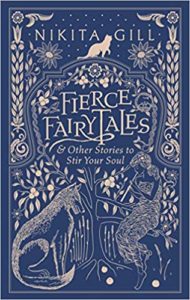 ‘You thought I must be in need of saving? Because you are in need of a wife? How archaic and condescending.’
‘You thought I must be in need of saving? Because you are in need of a wife? How archaic and condescending.’
The prince clears his throat and then says, ‘Fair princess, I will do whatever I can tp break the curse that turns you into . . . that thing.’
‘That thing, as you call it,’ the princess says, ‘is the magical part of me. I love being the dragon and the dragon loves me.’
‘But if not a wife, you will die an old maid,’ he presses on.
‘I am half dragon, who told you I will ever die at all?’
The prince frowns in annoyance, he is obviously vexed and he speaks words that anyone over the course of history will tell you he will regret. ‘I think you need to learn that if you aren’t a wife and a mother, you are a witch and have no place in this world.’
The princess stares at him for a moment and then she snaps her fingers. Guards appear and take the prince by his arms, escort him out, and yet the princess lingers. She looks him in the eye before he is thrown out, the moon dragon’s gleam still in hers, and she speaks words so powerful the wind etches them inside the atmosphere for women to remember through history. ‘I exist. Outside of being a mother, a wife, a sister, a daughter, I exist. I exist as a human first, as a being that experiences joy and suffering, beauty and learning, life and tragedy. I exist because the universe chose to put me here for a purpose higher than my relation to men. I exist because a wise old woman gave me a gift and now magic runs through my veins. So the problem is not my existence as half dragon, half girl. The problem is how you perceive it as so small, you do not believe I can exist at all apart from through my bonds with men.’
And after the prince is thrown out, the moon dragon and the princess continue to share the day and night and live happily ever after.
Nikita Gill’s Fierce Fairytales & Other Stories to Stir Your Soul is a collection of reimagined fairy tales consisting of mostly fiercely independent and strong-willed people. The bravery of the individuals stems from within rather than being dependent on men rescuing them. The tales are beautifully illustrated with line drawings. The beauty of the retelling comes through in the multiple layers that exist — as they should in any good poem! Whether it is for a mature reader or a tiddler, there is much pleasure to be derived from these crisply narrated tales. My eight-year-old daughter grabbed the book as soon as it arrived and took it away with her to the ongoing Readathon in school. She returned triumphantly saying how much she had enjoyed the poems and was able to retell them simply in her own way, missing much of the layered nuances that an adult would immediately get, but that is immaterial. The poems worked!
Fairy tales such as these have existed for generations with the kernel of the story being more or less as is. Somehow the flavour of each story is retained in Fierce Fairy Tales as are the characters but the stories have the unique stamp Nikita Gill’s storytelling — fiesty, sparkling, sharp, tongue-in-cheek, bold and true. The poems in this volume offer a way of seeing. The book blurb advertises the collection as “Feminist Fairytales for Young and Old”. So true! Given that these poems can be read in solitude or read aloud, either way they will be transformative as there are many ideas embedded in them.
Share Fierce Fairytales widely!
18 November 2018
To order on Amazon India
Hardback
Kindle

